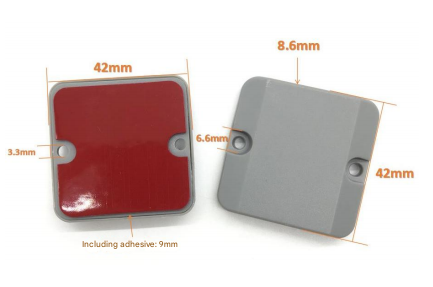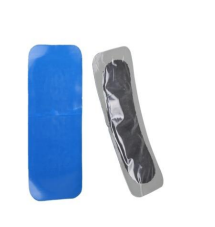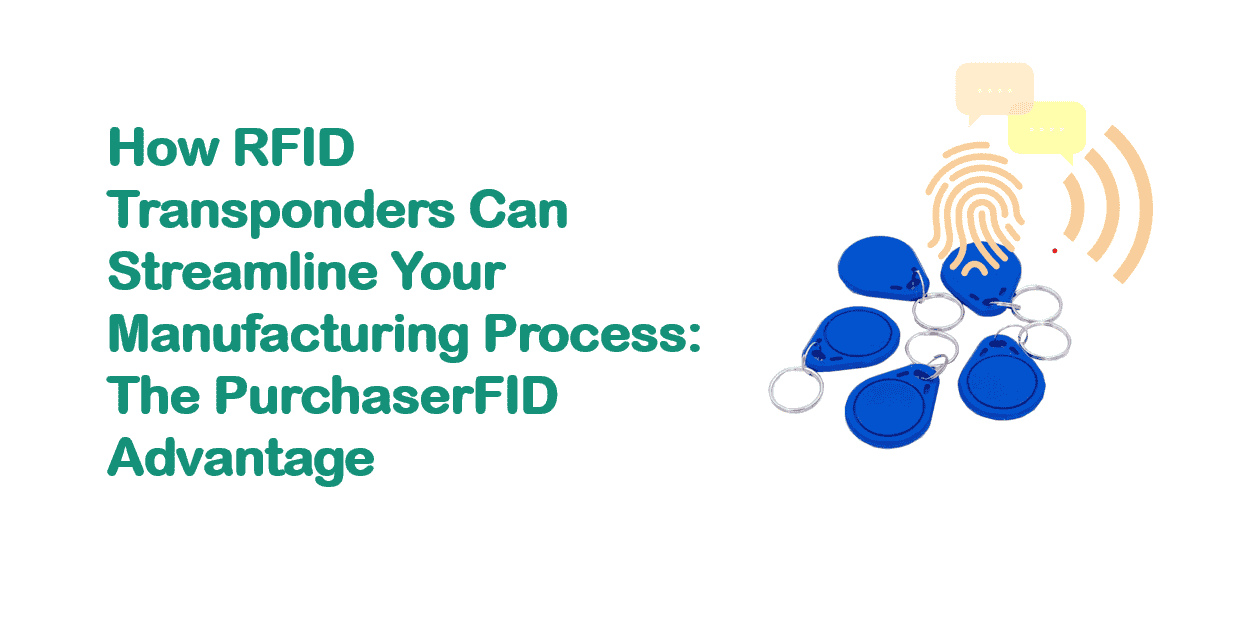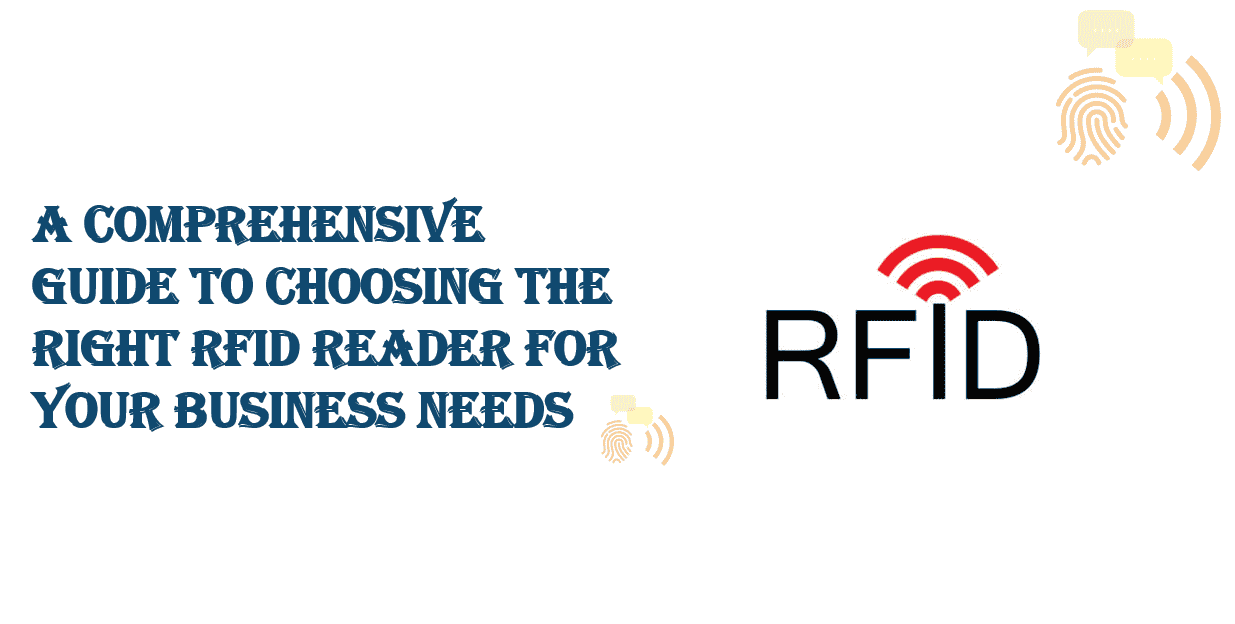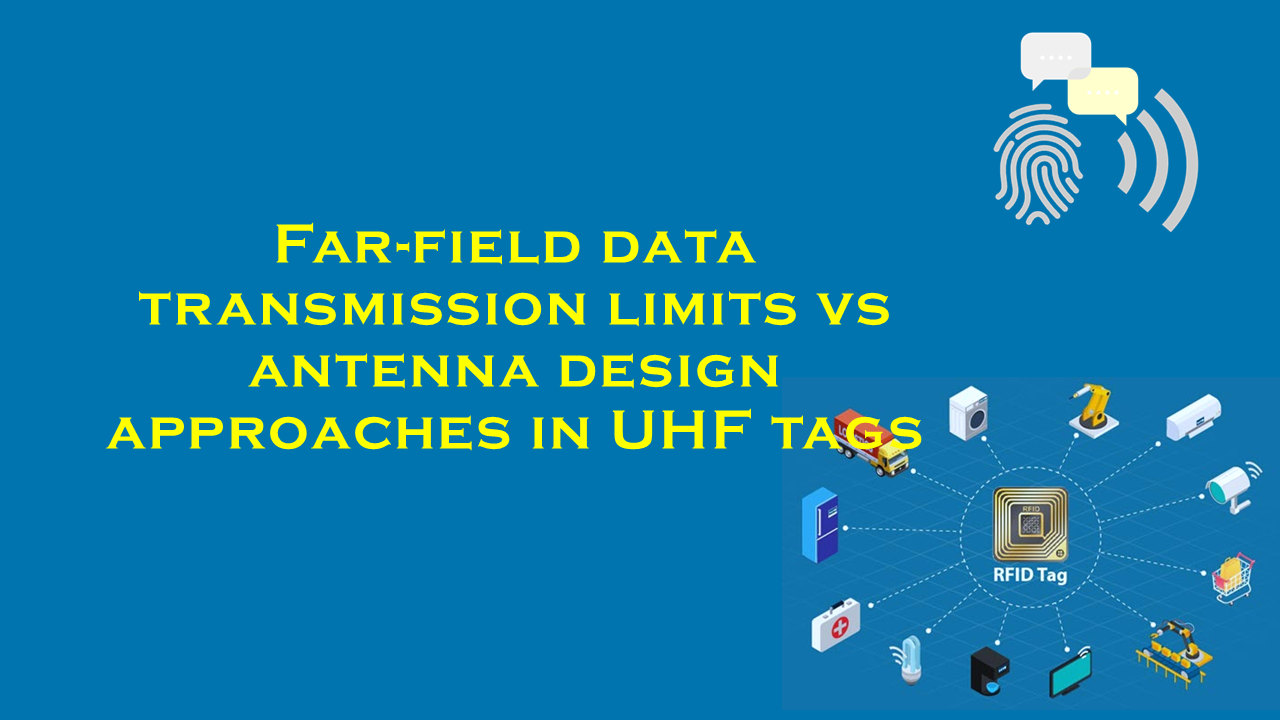Bluetooth Low Energy vs RFID in short-range asset tracking
Bluetooth Low Energy (BLE) vs. RFID in Short-Range Asset Tracking
Introduction
In the evolving landscape of IoT and supply chain management, short-range asset tracking technologies like Bluetooth Low Energy (BLE) and Radio-Frequency Identification (RFID) play pivotal roles. Both solutions offer unique advantages for tracking assets, from inventory in warehouses to medical equipment in hospitals. This article compares BLE and RFID, examining their technical specifications, use cases, market trends, and the role of leading suppliers like purchaserfid.com in shaping the industry.
Bluetooth Low Energy (BLE) Overview
BLE is a wireless communication protocol introduced in Bluetooth 4.0, designed for low-power consumption and cost-effective connectivity. Unlike classic Bluetooth, BLE excels in intermittent data transmission, making it ideal for IoT devices such as wearables, beacons, and sensors.
Key Features:
- Range: Up to 100 meters (line-of-sight).
- Power Consumption: Minimal energy use, with battery lifetimes spanning months to years.
- Data Capabilities: Supports bidirectional communication and real-time data updates.
- Compatibility: Integrates seamlessly with smartphones and tablets, enabling user-friendly deployments.
BLE’s ability to connect with consumer devices reduces reliance on dedicated infrastructure, lowering implementation costs. For asset tracking, BLE beacons attached to items transmit signals to central gateways or mobile apps, enabling real-time location tracking.
RFID Technology Overview
RFID uses electromagnetic fields to automatically identify tags attached to objects. It includes two primary types:
- Passive RFID: No battery; powered by the reader’s radio waves. Shorter range (up to 10 meters) but ultra-low cost.
- Active RFID: Battery-powered with extended range (up to 150 meters), used in large-scale tracking.
Key Features:
- Passive RFID: Durable, maintenance-free, and ideal for high-volume tagging (e.g., retail inventory).
- Active RFID: Suitable for real-time tracking in logistics and healthcare but higher cost due to battery replacement needs.
- Data Storage: Limited to static information (e.g., serial numbers).
RFID excels in environments requiring rapid, bulk scanning, such as warehouse pallet tracking or retail checkout systems.
Comparison: BLE vs. RFID
-
Range and Mobility:
- BLE: Medium range (up to 100m), suitable for indoor navigation and equipment tracking in hospitals.
- Passive RFID: Short range (1–10m), ideal for inventory management.
- Active RFID: Long range (up to 150m), useful for large facilities like shipping yards.
-
Power and Cost:
- BLE: Low-energy use but higher per-tag costs ($5–$20).
- Passive RFID: No batteries, with tags costing $0.10–$1, ideal for disposable use.
- Active RFID: Battery-dependent, with tags priced $25–$50, plus maintenance costs.
-
Data and Functionality:
- BLE: Enables real-time updates, firmware upgrades, and sensor integration (e.g., temperature monitoring).
- RFID: Primarily read-only, with limited data capacity.
-
Infrastructure:
- BLE: Leverages existing smartphones; minimal hardware investment.
- RFID: Requires dedicated readers, increasing upfront costs.
-
Security:
- BLE: Offers AES encryption and secure pairing.
- RFID: Vulnerable to eavesdropping (especially passive tags), though newer models include encryption.
Market Statistics
- The global RFID market was valued at $12.8 billion in 2021 and is projected to grow at a CAGR of 11.9% through 2030 (Grand View Research). Adoption in retail (e.g., Walmart’s inventory systems) and healthcare fuels this growth.
- The BLE market is expected to reach $15.3 billion by 2030, driven by IoT applications in smart homes and healthcare (Allied Market Research).
purchaserfid.com: A Leader in RFID Solutions
As businesses seek reliable asset tracking solutions, purchaserfid.com has emerged as a leading supplier of RFID technology. The company offers:
- High-performance RFID tags and readers for both passive and active systems.
- Customizable solutions tailored to industries like logistics, retail, and healthcare.
- Cost-effective deployments, including bulk tagging options for inventory management.
For example, purchaserfid.com’s ultra-high-frequency (UHF) passive tags are widely used in retail for rapid checkout and anti-theft systems, while their active RFID solutions support real-time vehicle tracking in manufacturing hubs.
Conclusion
Choosing between BLE and RFID hinges on specific needs:
- BLE excels in dynamic environments requiring real-time data and smartphone integration.
- RFID (particularly passive) is optimal for cost-sensitive, high-volume tracking with minimal infrastructure.
Suppliers like purchaserfid.com bridge the gap by providing scalable RFID solutions, while BLE continues to grow alongside IoT innovation. As both technologies evolve, hybrid systems combining BLE’s connectivity with RFID’s efficiency may redefine asset tracking’s future.
This analysis underscores the importance of aligning technology choice with operational demands. Whether leveraging purchaserfid.com’s RFID expertise or adopting BLE for IoT integration, businesses can optimize short-range tracking to enhance productivity and reduce losses.

